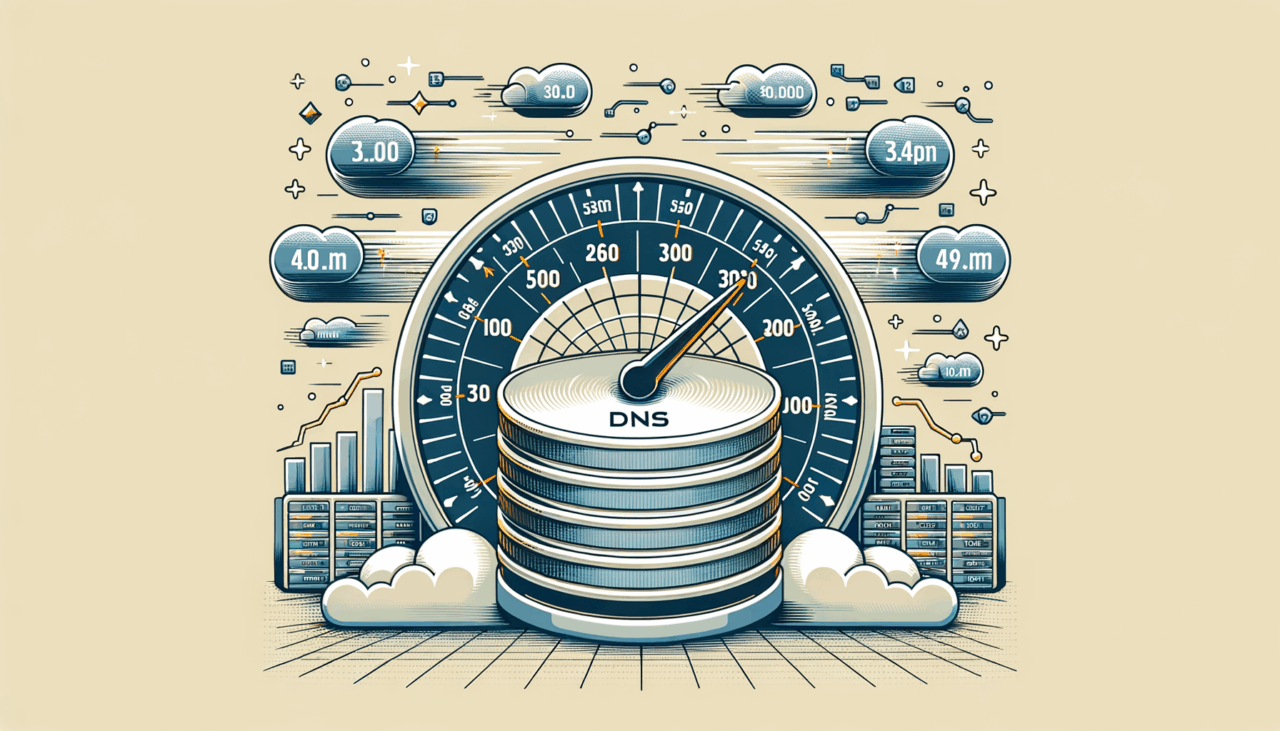Introduction
In the age of instant gratification, where a mere second can feel like an eternity, the speed of our internet connection plays a crucial role in our daily lives. Imagine you’re trying to stream your favorite Persian music or catch up on the latest episode of a beloved series, but the loading symbol keeps spinning. Frustrating, isn’t it? One of the key players in this game of speed is the Domain Name System (DNS). Let’s embark on a journey to explore how DNS influences internet speed, drawing parallels to the rich tapestry of life experiences that shape our understanding of the digital world.
What is DNS?
At its core, DNS is like the phone book of the internet. When you type a website address into your browser, DNS translates that human-readable URL into an IP address, which computers use to communicate with each other. This process is seamless and happens in milliseconds, but what happens when it’s not?
Let’s break it down with a simple analogy. Consider a bustling bazaar in Tehran, where each stall represents a different website. The DNS acts as your trusty guide, helping you find the stall you’re looking for. If your guide is slow or misinformed, you could spend an eternity wandering, rather than enjoying the delicious saffron ice cream you crave.
Table 1: DNS Functionality vs. Internet Browsing Experience
| DNS Functionality | Impact on Internet Browsing |
|---|---|
| Resolving URLs | Faster access to websites |
| Caching DNS records | Reduced load times for frequently visited sites |
| Load balancing | Improved performance during high traffic |
| Security features | Protection against phishing and malicious sites |
The DNS Resolution Process
To truly appreciate the impact of DNS on internet speed, we must understand the resolution process. When you enter a URL, several steps unfold:
- User Request: You type
www.example.cominto your browser. - Query to DNS Resolver: Your request is sent to a DNS resolver, typically provided by your Internet Service Provider (ISP).
- Root Name Servers: If the resolver does not have the IP cached, it queries the root name servers to find out where to go next.
- TLD Name Servers: The resolver then queries the Top-Level Domain (TLD) server (like .com) to get more specific information.
- Authoritative Name Servers: Finally, the resolver contacts the authoritative name servers to retrieve the IP address for the requested domain.
Here’s a simplified code snippet to illustrate the DNS query process using Python:
import socket
def resolve_domain(domain):
try:
ip_address = socket.gethostbyname(domain)
print(f"The IP address of {domain} is {ip_address}")
except socket.gaierror:
print(f"Error: Could not resolve {domain}")
resolve_domain("www.example.com")
The Role of DNS Caching
One important aspect of DNS that directly affects speed is caching. When you visit a website, the DNS resolver saves the IP address for a set period. This caching mechanism means that when you revisit the same site, the DNS resolver can quickly provide the IP address without going through the entire resolution process again, like recognizing a familiar face in the bazaar.
However, caching has its downsides. If a website changes its IP address, outdated cache entries can lead to connection issues. It’s essential to strike a balance between speed and accuracy.
Table 2: DNS Caching Benefits and Challenges
| Benefits of DNS Caching | Challenges of DNS Caching |
|---|---|
| Faster load times for repeat visits | Stale records leading to connection failures |
| Reduced load on DNS servers | Potential security vulnerabilities |
| Improved user experience | Complexity in cache management |
Choosing the Right DNS Provider
Your choice of DNS provider can significantly affect internet speed. While many users rely on their ISP’s DNS, alternatives like Google DNS and Cloudflare DNS offer improved performance and security.
Comparison of Popular DNS Providers
| DNS Provider | Primary Features | Typical Speed (ms) |
|---|---|---|
| ISP DNS | Basic functionality | 20-50 |
| Google DNS | Fast, reliable, globally distributed | 10-30 |
| Cloudflare DNS | Privacy-focused, low latency | 1-20 |
| OpenDNS | Customizable security features | 20-40 |
Personal Anecdote: The Journey of a Thousand Clicks
Reflecting on my own experiences, I recall a time when I switched from my ISP’s DNS to Google’s. The difference was palpable. Websites loaded faster, and my streaming was seamless. It was like discovering a hidden gem in the heart of a crowded bazaar—a treasure that transformed my browsing experience.
Conclusion
In a world where milliseconds matter, understanding the impact of DNS on internet speed can empower you to make informed choices. Whether you are an avid streamer, a casual surfer, or someone who relies on the internet for work, optimizing your DNS settings can lead to a more satisfying online experience. As we navigate the vast digital landscape, let’s remember that behind every click is a complex system working tirelessly to bring us closer to the information we seek.
So, the next time you find yourself caught in the web of loading screens, take a moment to reflect on the unsung hero of the internet—DNS. Like a wise elder in our lives, it quietly facilitates our connections, reminding us that speed is not just about technology; it’s about the stories and moments we share online.

Comments (0)
There are no comments here yet, you can be the first!